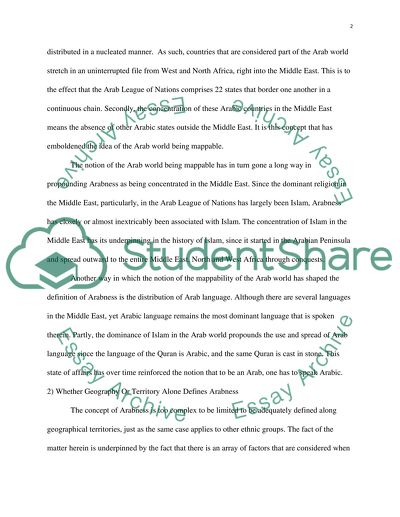Cite this document
(“The Arab World Essay Example | Topics and Well Written Essays - 2750 words”, n.d.)
The Arab World Essay Example | Topics and Well Written Essays - 2750 words. Retrieved from https://studentshare.org/literature/1403491-what-is-the-arab-world
The Arab World Essay Example | Topics and Well Written Essays - 2750 words. Retrieved from https://studentshare.org/literature/1403491-what-is-the-arab-world
(The Arab World Essay Example | Topics and Well Written Essays - 2750 Words)
The Arab World Essay Example | Topics and Well Written Essays - 2750 Words. https://studentshare.org/literature/1403491-what-is-the-arab-world.
The Arab World Essay Example | Topics and Well Written Essays - 2750 Words. https://studentshare.org/literature/1403491-what-is-the-arab-world.
“The Arab World Essay Example | Topics and Well Written Essays - 2750 Words”, n.d. https://studentshare.org/literature/1403491-what-is-the-arab-world.


